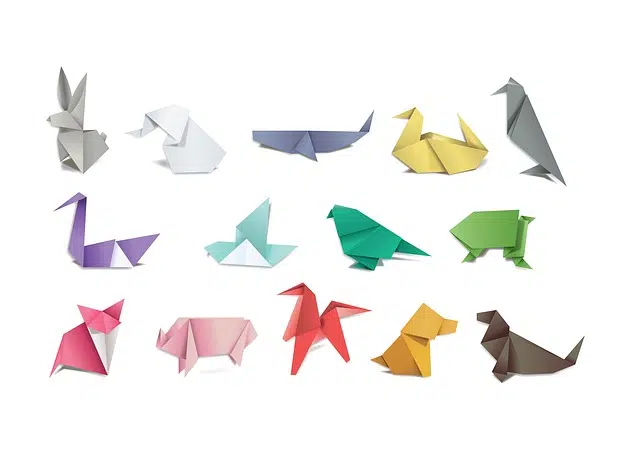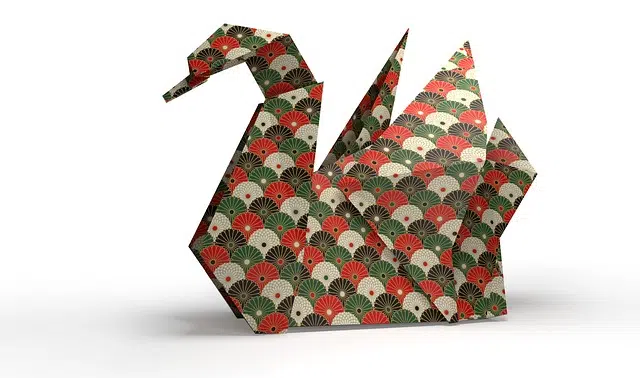
Origami is the art based on creating figures by folding paper.
Origami is a Japanese term, accepted by the dictionary of the Royal Spanish Academy ( RAE ), which is used as a synonym for origami . It is the art that consists of creating figures by properly folding and folding a piece of paper .
Origami is based on folding: no scissors or glue are used . The key lies in folding the paper in the precise place, repeating the action as many times as necessary and in the required order.
Origin of origami
The origin of origami dates back to the first centuries of our era. It emerged in Chinese territory and then moved to Japan , where it became popular. Its rise came with the cheaper paper, which became available to all of society .
The arrival of origami to the Western world is linked to the Silk Road and the travels of Marco Polo . In recent decades, thanks to the complexity of the designs, its artistic status has risen.
Classification according to type
Classic origami is made exclusively with folds of a single piece of paper. However, there are other techniques that provide new possibilities for origami.
Modular origami , for example , is carried out by attaching different equal pieces. These are generally simple units that are integrated to generate a complete model that can be much more complex than each of them.
Decorative balls are a well-known example of modular origami, and among them the kusudama stands out, although this requires the use of glue or thread to make it. In Chinese origami we find the so-called 3D origami , which requires the use of many pieces to assemble complex models. A group of Chinese refugees created the homonymous style on the ship Golden Venture while they were detained, and for these modules they used banknotes, a custom that continues even today.

There are different types or kinds of origami.
Action Origami
Action origami , meanwhile, has the objective of allowing the resulting figure to perform some type of movement. Generally, by pulling on a part or putting pressure on a region, some sector of the figure is made to move.
Although thanks to advances in the media today people around the world can see the different types of origami, those who have not been exposed to this technique are probably not aware of action origami, but only know the classic. In addition to the possibility of performing different kinds of movements in its parts, some of these Japanese origami products require extra steps, such as inflating them or pressing some of their parts .
The most common example of action origami is "the flapping bird ", but there are many that have become popular thanks to different figures who are responsible for spreading this art form, such as the American physicist Robert J. Lang , who not only It is dedicated to teaching but also to publishing original designs. Lang has used origami in solving engineering problems.
Wet folding
On the other hand, we have wet folding , a type of origami that opens the doors to models with softer curves, as opposed to the straight folds and flat surfaces that characterize other techniques. As its name indicates, the paper must be moistened before proceeding to molding.
Once it dries, as it hardens, the model maintains the desired shape. With wet folding, animal figures are usually made with surprisingly realistic results. It is also possible to make the folds without wetting the paper and give the final touches with the help of methylcellulose, a chemical compound that has several applications.
